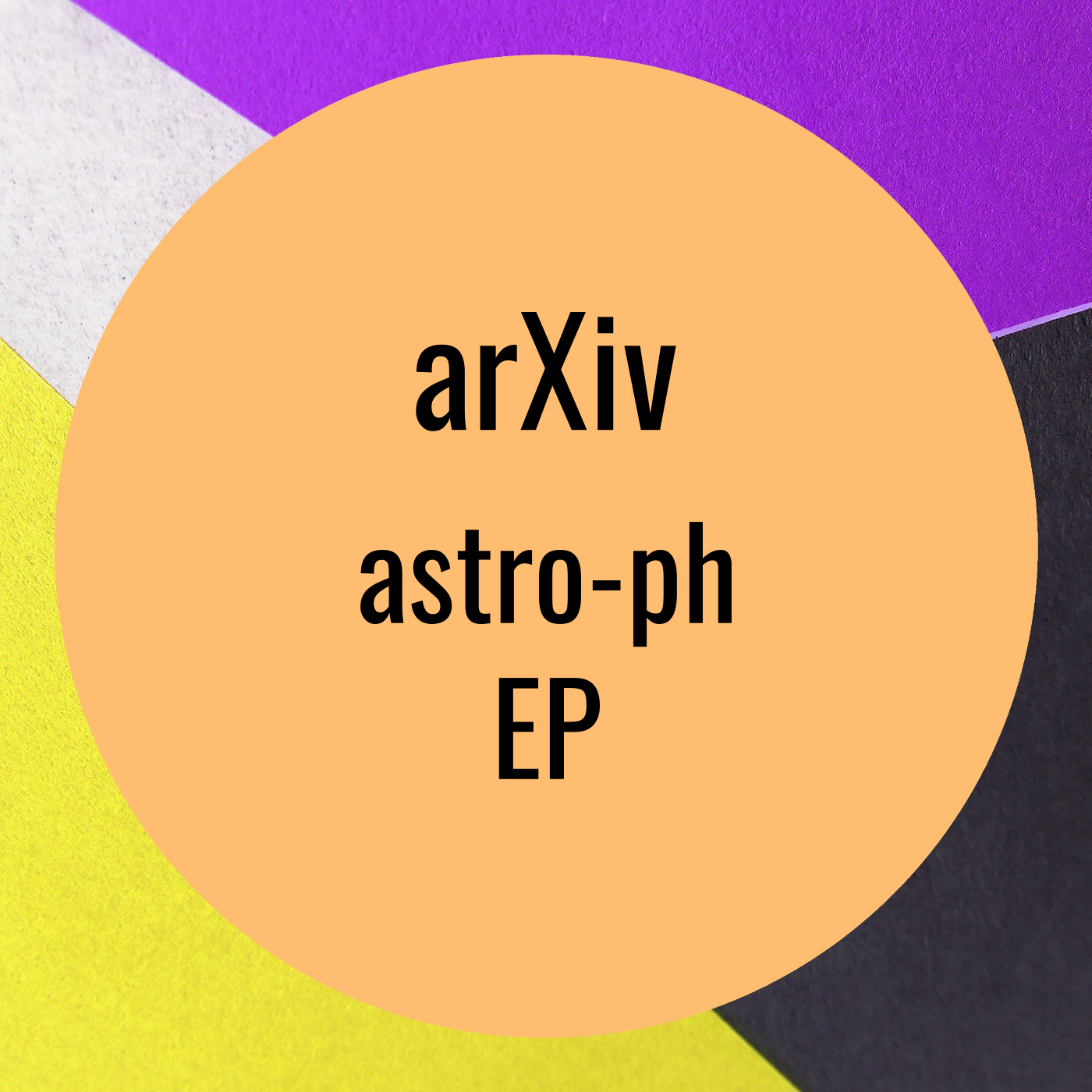Nitrogen as a Tracer of Giant Planet Formation I : A Universal Deep Adiabatic Profile and Semi-analytical Predictions of Disequilibrium Ammonia Abundances in Warm Exoplanetary Atmospheres
Description
Nitrogen as a Tracer of Giant Planet Formation I : A Universal Deep Adiabatic Profile and Semi-analytical Predictions of Disequilibrium Ammonia Abundances in Warm Exoplanetary Atmospheres by Kazumasa Ohno et al. on Wednesday 30 November
A major motivation of spectroscopic observations of giant exoplanets is to
unveil planet formation processes from atmospheric compositions. Several recent
studies suggested that atmospheric nitrogen, like carbon and oxygen, can
provide important constrains on planetary formation environments. Since
nitrogen chemistry can be far from thermochemical equilibrium in warm
atmospheres, we extensively investigate under what conditions, and with what
assumptions, the observable NH3 abundances can diagnose an atmosphere's bulk
nitrogen abundance. In the first paper of this series, we investigate
atmospheric T-P profiles across equilibrium temperature, surface gravity,
intrinsic temperature, atmospheric metallicity, and C/O ratio using a 1D
radiative-convective equilibrium model. Models with the same intrinsic
temperature and surface gravity coincide with a shared "universal" adiabat in
the deep atmosphere, across a wide equilibrium temperature range (250--1200 K),
which is not seen in hotter or cooler models. We explain this behavior in terms
of the classic "radiative zero solution" and then establish a semi-analytical
T-P profile of the deep atmospheres of warm exoplanets. This profile is then
used to predict vertically quenched NH3 abundances. At solar metallicity, our
results show that the quenched NH3 abundance only coincides with the bulk
nitrogen abundance (within 10%) at low intrinsic temperature, corresponding to
a planet with a sub-Jupiter mass ( 1 Gyr). If a planet
has a high metallicity ($\ge$ 10$\times$ solar) atmosphere, the quenched NH3
abundance significantly underestimates the bulk nitrogen abundance at almost
all planetary masses and ages. We suggest modeling and observational strategies
to improve the assessment of bulk nitrogen from NH3.
arXiv: http://arxiv.org/abs/http://arxiv.org/abs/2211.16876v1
More Episodes
Nitrogen as a Tracer of Giant Planet Formation II : Comprehensive Study of Nitrogen Photochemistry and Implications for Observing NH3 and HCN in Transmission and Emission Spectra by Kazumasa Ohno et al. on Wednesday 30 November
Atmospheric nitrogen may provide important constraints on giant...
Published 11/30/22
Published 11/30/22
Stellar space weather effects on potentially habitable planets by A. A. Vidotto. on Wednesday 30 November
Stellar activity can reveal itself in the form of radiation (eg, enhanced
X-ray coronal emission, flares) and particles (eg, winds, coronal mass
ejections). Together, these phenomena shape...
Published 11/30/22


